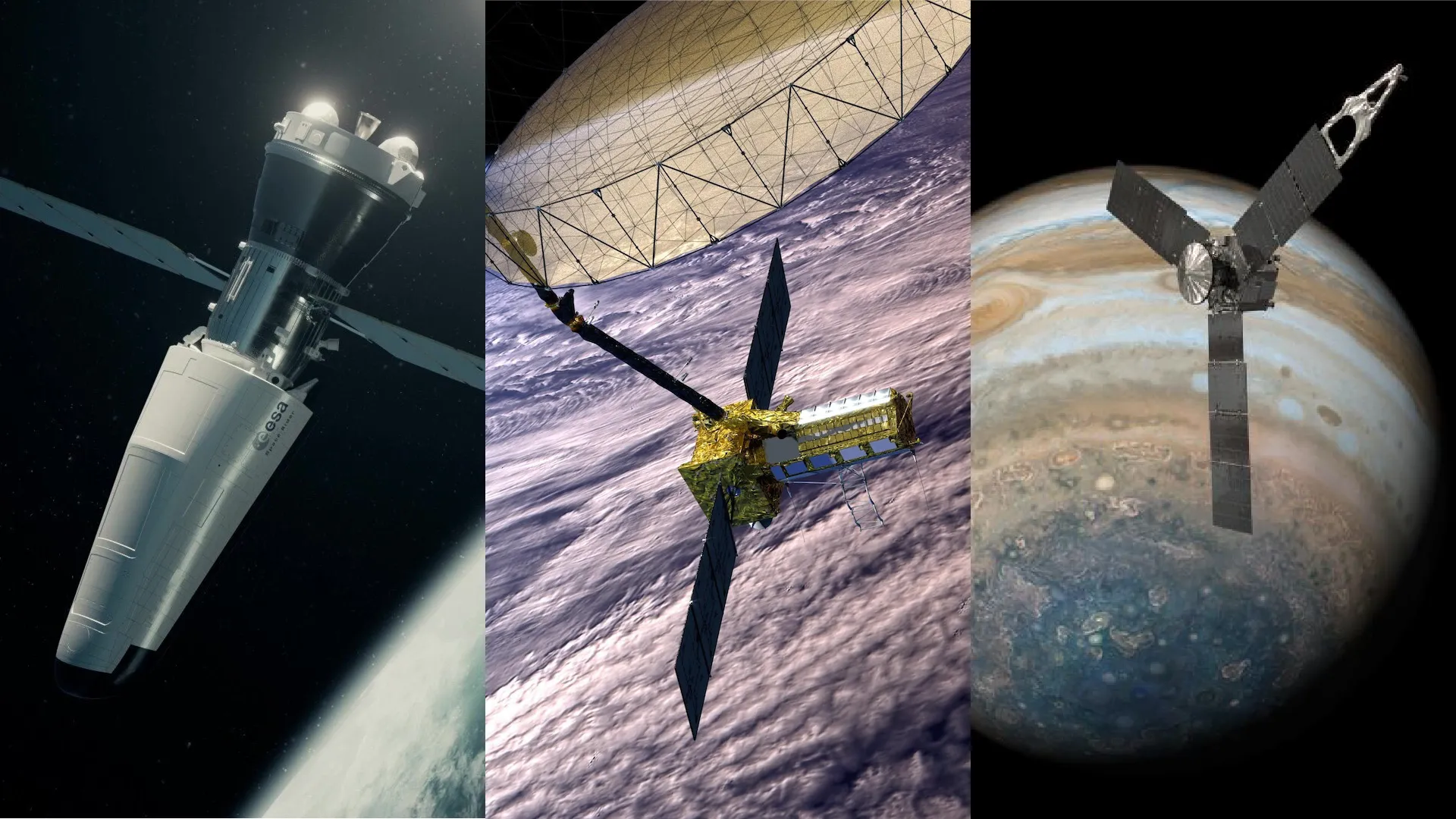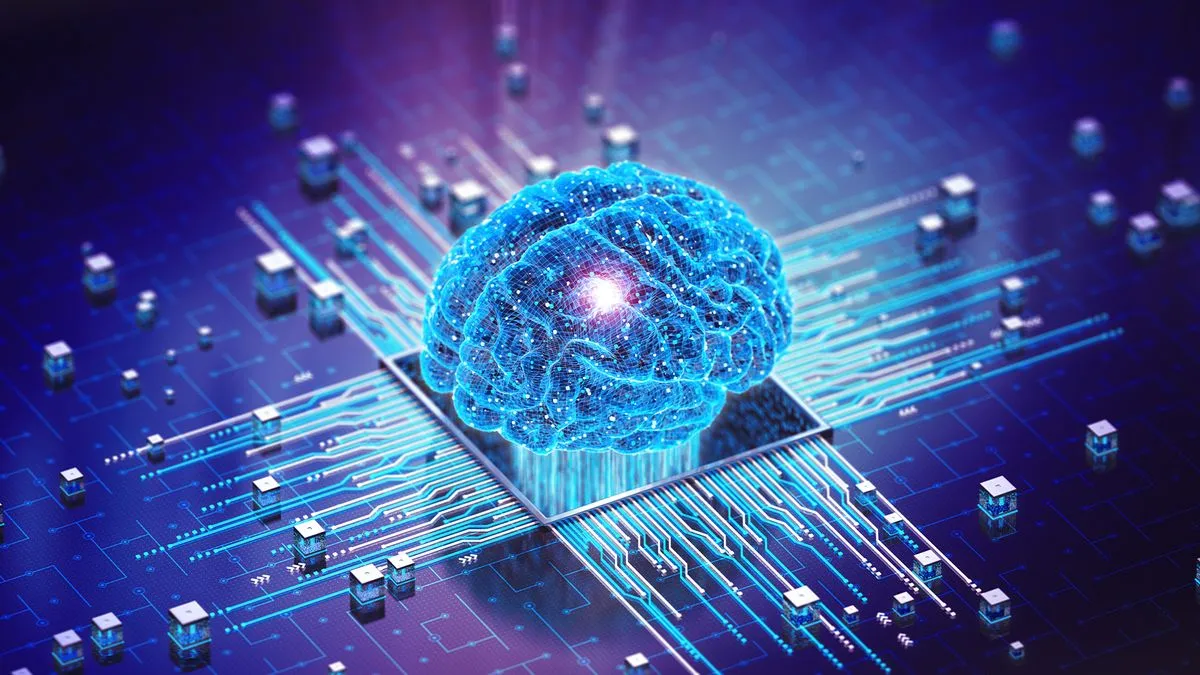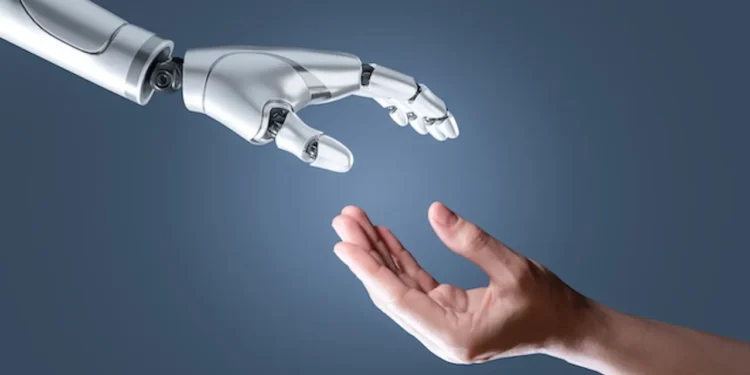One of the most anticipated projects of the year is the Vera C. Rubin Observatory in Chile, poised to begin its decade-long survey of the southern sky. This powerful telescope will open new avenues for astronomers to study dark matter, delve into the secrets of the Milky Way, and expand our understanding of the universe. The observatory represents a significant leap forward in our quest to comprehend the cosmos and its myriad phenomena.

The Rise of Generative AI Search
AI technology continues to make headlines, with generative AI search leading the charge. DeepSeek’s recent success exemplifies the potential of generative AI to revolutionize how we search and interact with information. This technology promises to simplify the retrieval of information, making searches quicker and more intuitive than ever before. As on-device capabilities improve, generative AI search is expected to become an integral tool in our digital arsenal.
Advancements in AI: Small Language Models
The evolution of AI is not just about scale; it’s also about accessibility. Small language models, like OpenAI’s o3-mini, are making powerful AI tools accessible to a broader audience. These models provide a cost-effective alternative to larger, more resource-intensive systems, without compromising on performance. This democratization of AI technology is set to broaden its application across various sectors, making advanced AI interactions a part of everyday life.

Navigating the Future: Robotaxis and Fast-Learning Robots
The concept of robotaxis moves closer to reality as companies like Waymo expand their autonomous driving trials to new cities. This year, robotaxis are expected to transition from beta tests to become a familiar presence in urban landscapes, offering a glimpse into a future of driverless transportation.
Similarly, the development of fast-learning robots signals a significant shift in manufacturing and production processes. Companies such as Foxconn are exploring the use of humanoid-like robots to enhance efficiency and adaptability in factories. These robots are designed to quickly acclimate to new environments and perform diverse tasks, heralding a new era of automation.
Breakthroughs in Medicine: Stem-Cell Therapies
In the medical field, stem-cell therapies are making remarkable progress. Current experiments with lab-made cells show promise in treating conditions like epilepsy and type 1 diabetes, marking a pivotal move towards effective and reliable treatments. As these therapies advance, they offer hope for cures and improved quality of life for patients with chronic illnesses.

With each of these technologies, we stand on the brink of a new frontier in innovation and discovery. The Vera C. Rubin Observatory and advances in AI, robotics, and medicine are not just scientific achievements; they are beacons of hope for a smarter, healthier, and more connected world. As we follow their development throughout 2025, these breakthroughs are not just about witnessing history in the making—they’re about shaping the future itself.










